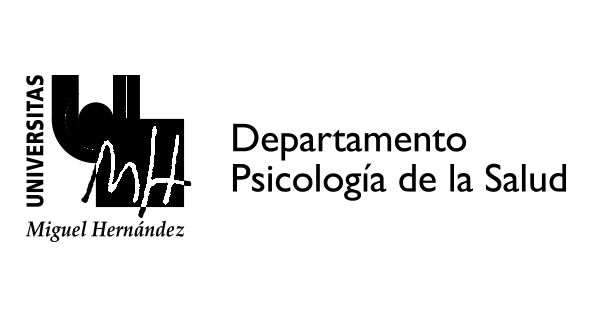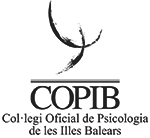Annabel Cebrià
Mental Health Center of Parc Taulí de Sabadell, Spain
HOW TO PREVENT SUICIDE AND STRATEGIES FOR THE DETECTION AND INTERVENTION OF AUTOLYTIC ATTEMPTS IN ADOLESCENTS
Abstract
Suicide is the second leading cause of death in adolescents and young adults aged 15-29 (WHO, 2017). Different studies have described the previous suicide attempt as the most important risk factor for suicide (Gould et al., 2009). Children and adolescents with attempted suicide show a high prevalence of psychopathological disorders (Fleischmann et al., 2005). Suicidal behavior in adolescents is a public health problem of the first magnitude due to its frequency, probability of recurrence, associated psychopathological comorbidity and because it increases the risk of suicide. In this context, in the Parc Taulí Healthcare Corporation (CSPT), within the framework of the European Alliance Against Depression (EAAD) in 2008, a study of a telephone management program for patients attended in the emergency service for autolytic attempt was conducted. The program consists of an intervention of 6 telephone follow-ups during the 12 months after suicide attempt, including the programming of a follow-up visit to the CSMA (after 10 days). The results of this study showed that the suicide prevention telephone management program could be considered an effective strategy by delaying subsequent suicide attempts and reducing the rate of retries in the first year of intervention. The CSPT incorporated it as a care program including a protocol for detection, evaluation and intervention in autolytic attempts in the adolescent population. This program implies a close continuity of immediate assistance and a follow-up in the subsequent 48-72 hours in the partial hospitalization unit for adolescents of Parc Taulí (HDAPT).
Annabel Cebrià is a Clinical Psychologist at the Mental Health Center of the Parc Taulí de Sabadell, Barcelona. She works in the multilevel intervention program for the prevention of depression and suicide. She is co-author of studies for the design of predictive models of thoughts and suicidal behaviors in adolescents and young people. She has participated in meta-analysis on longitudinal studies that analyze the relationship between exposure to violence and youth suicide risk. She is an expert of recognized prestige on the prevention of suicide in our country.
















